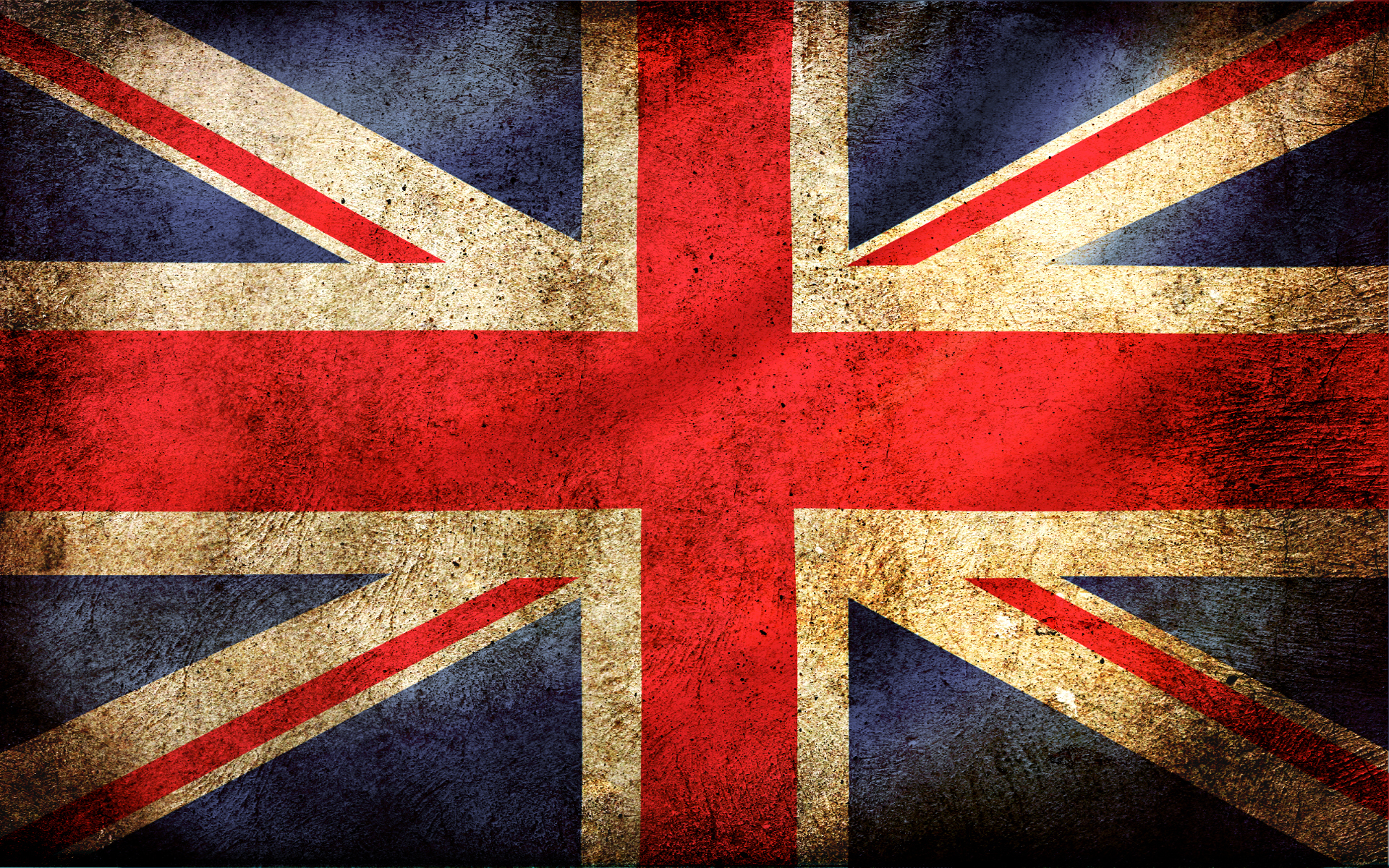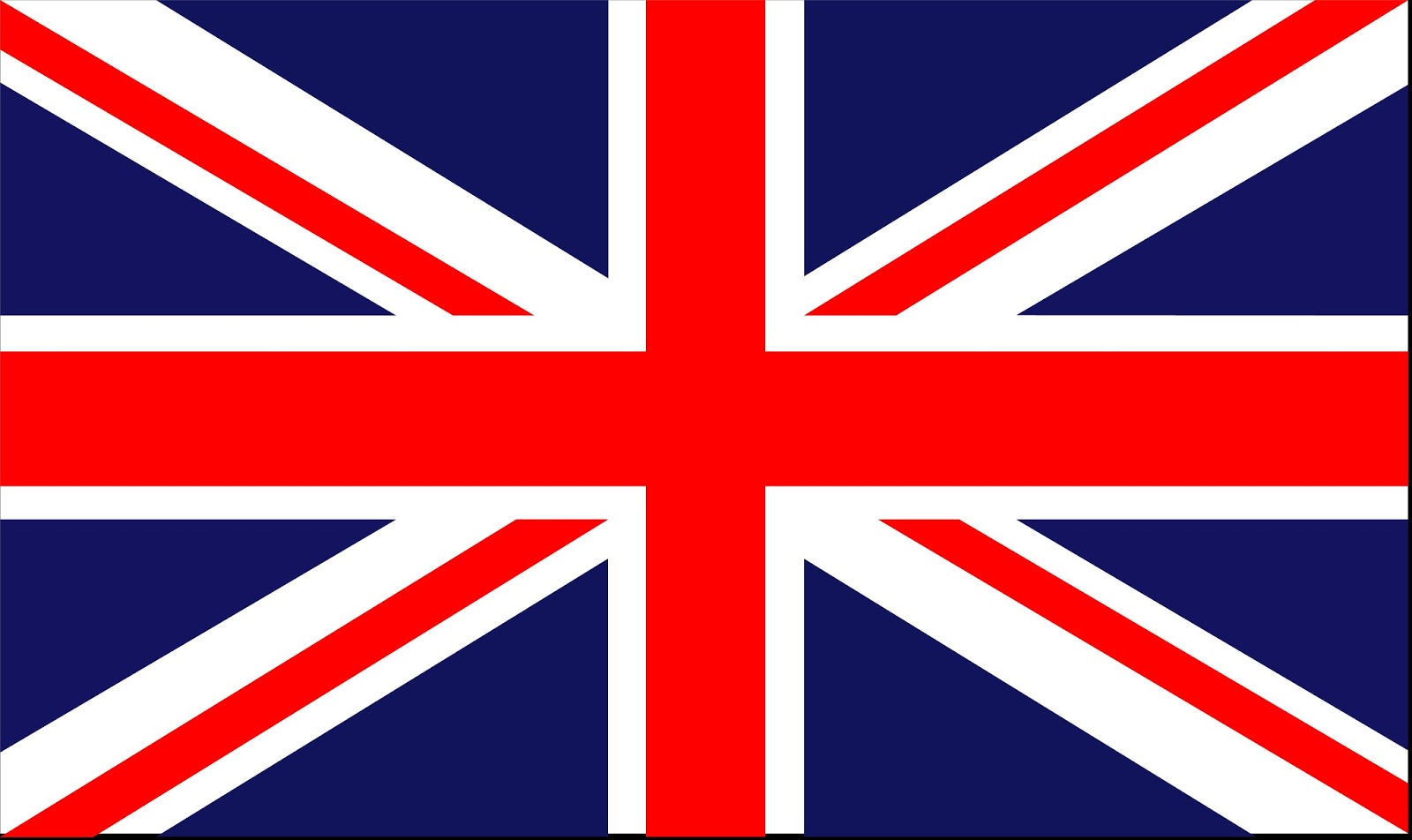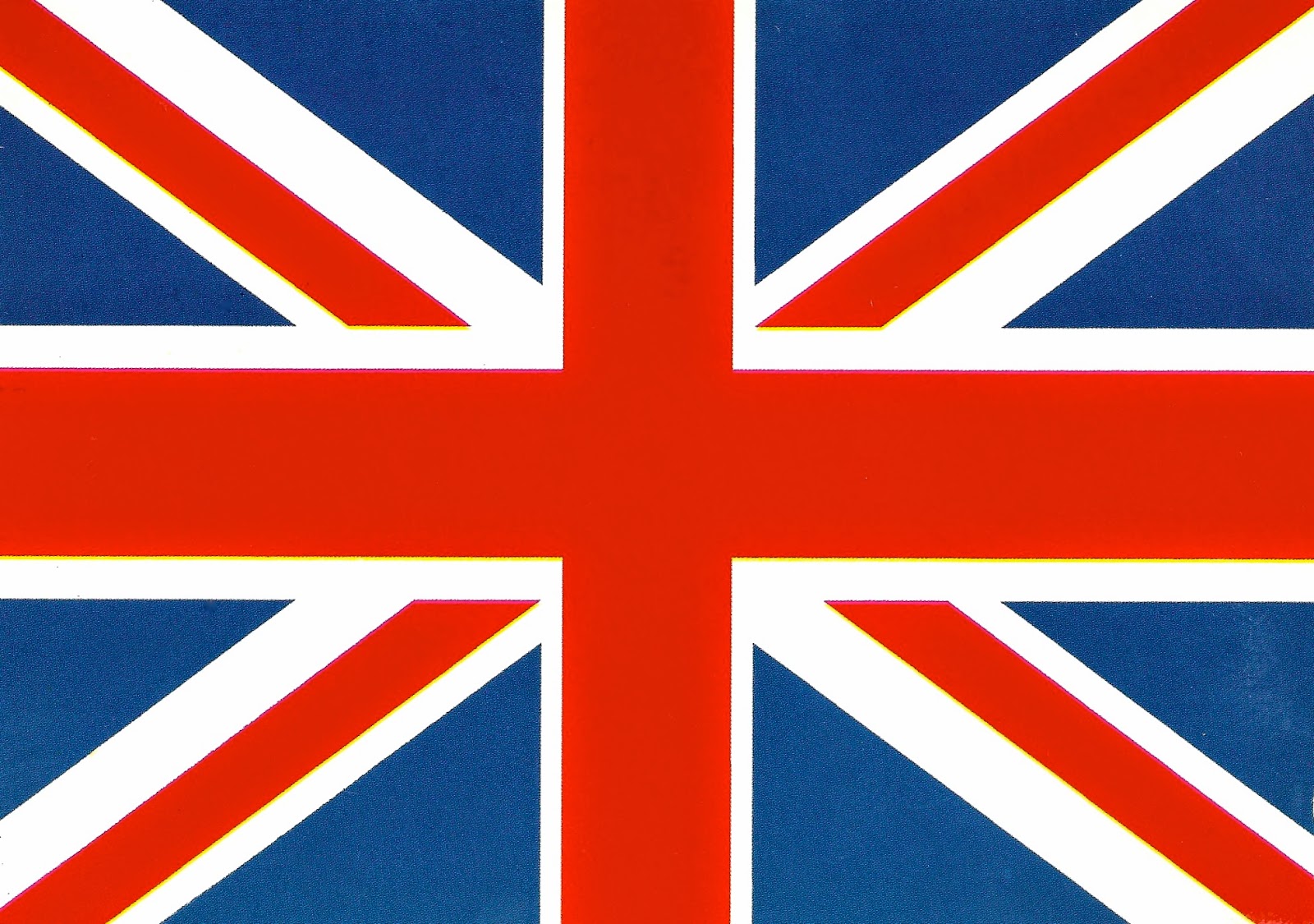Great Britain Flag - History And Meaning
The great britain flag, a truly recognizable symbol across the globe, holds a rich story within its colors and shapes. It's a visual record of how different parts of a nation came together, a sort of picture book of history that tells of unity and change. This flag, often called the Union Jack, has a journey that goes back centuries, showing how kingdoms joined forces to become something bigger. It's a bit like watching a family tree grow, you know, with each branch adding to the overall picture. This flag, which people sometimes call the Union Flag, actually came about because of some very important historical moments, showing how different areas decided to work as one.
This banner, the one we often see representing the United Kingdom, isn't just a pretty design; it carries stories of the past, of mergers and shared destinies. It's really interesting how a piece of cloth can hold so much meaning, wouldn't you say? Its look, with its distinct crosses, tells a tale of different countries coming together under a single banner, a symbol of their combined strength and shared future.
So, when you look at the great britain flag, you're not just seeing a piece of fabric. You are, in a way, looking at the very heart of a nation's formation, a visual representation of its journey through time. It's a very powerful symbol, representing a long history of togetherness and how things changed over the years.
Table of Contents
- What is the Great Britain Flag?
- How Did the Great Britain Flag Get Its Start?
- What Do the Colors and Shapes on the Great Britain Flag Mean?
- Has the Great Britain Flag Changed Much Over Time?
The great britain flag, known to many as the Union Jack, is the national banner for the United Kingdom. It’s actually a very famous image, recognized in many places around the world. Its current look, you know, dates back to a big event in history, something called the Act of Union in 1801. This act was a moment when the Kingdom of Great Britain and the Kingdom of Ireland, which had been linked in a personal way before, decided to join up completely. This joining created what we now call the United Kingdom of Great Britain. So, the flag, in a way, is a direct result of that important historical step, bringing these separate parts into one larger entity.
What is the Great Britain Flag?
This flag, which people often call the Union Flag or the Union Jack, is the main symbol of the United Kingdom. It’s a pretty well-known design, and it’s been around for quite a while, actually. You see, it’s not just one country’s symbol, but rather a combination of a few. It brings together the symbols of England, Scotland, and Ireland, which is a really neat idea when you think about it. The flag is flown on many occasions, and it shows the coming together of these different places. So, when you spot it, you’re looking at a visual representation of a shared past and, you know, a shared present for these lands. It’s a powerful piece of cloth, telling a story without words, in some respects.
The history of this great britain flag, or Union Jack, is tied to how England and Scotland first joined up in 1603. Then, later on, in 1801, Ireland became part of that union too. This means the flag has changed its look over time to show these new connections. It’s pretty interesting to see how a country’s symbol can, sort of, grow and change as the country itself changes. The design itself, with its distinct patterns, is meant to show this joining of different parts. It’s a very visual way to tell a story of unity and how things developed over the centuries. You can see how the flag itself acts as a kind of historical marker, showing these big moments of coming together.
How Did the Great Britain Flag Get Its Start?
The great britain flag has a long and rather interesting past, going back to the early 17th century. Its beginnings are linked to a time when King James VI of Scotland also became King James I of England. This was a big deal because it meant two separate kingdoms now shared the same ruler. So, they needed a flag that could show this new connection, this new sense of togetherness. This initial flag was a very important step, marking the first time a symbol represented both lands under one crown. It’s almost like a family crest, but for countries, showing their shared lineage, you know.
The idea for the flag was to combine the symbols of these two places, England and Scotland, into one single design. This was a pretty clever way to show their new bond. The flag was first used at sea in 1606, which makes sense, as ships often carried flags to show where they were from. Later, from 1707, it started to be used more generally, especially after the Treaty of Union and Acts of Union formally created the Kingdom of Great Britain. This flag, the first version of the great britain flag, was in use until 1801. It was, in a way, the very first national symbol for this new combined kingdom, a visual promise of their shared future.
The First Great Britain Flag
The first great britain flag, sometimes called the King's Colour or the First Union Flag, was a very important symbol from 1606 to 1801. It was the original flag of the Kingdom of Great Britain. This flag was, you know, really significant because it marked the formal joining of England and Scotland. Before this, they had their own separate flags. But with King James becoming the ruler of both, they needed something new to represent this shared leadership. It was used on ships from 1606 and then, after 1707, it became more widely used on land too. This flag was, in a way, a visual declaration of the new combined state. It showed everyone that these two lands were now connected under one rule. The Admiralty, the group in charge of naval matters, often called it the "Union Jack" from early on, which is kind of interesting, given how people sometimes think that name is only for when it's on a warship.
This early great britain flag was made by putting together the red cross of Saint George, which stands for England, onto the blue background with the white diagonal cross of Saint Andrew, which stands for Scotland. It was a pretty simple yet effective way to show the union. The colors and shapes were chosen to represent these two distinct parts coming together in a visual embrace. It was, in some respects, a very clever piece of design for its time, clearly showing the new political arrangement. This flag was the main national symbol for the Kingdom of Great Britain for nearly a century, representing its identity both at home and across the seas. It set

Great Britain Flag - Great Britain Wallpaper (13511748) - Fanpop

britain flag HQ wallpapers free download ~ Fine HD Wallpapers

My Favorite Postcards: Union Flag of Great Britain